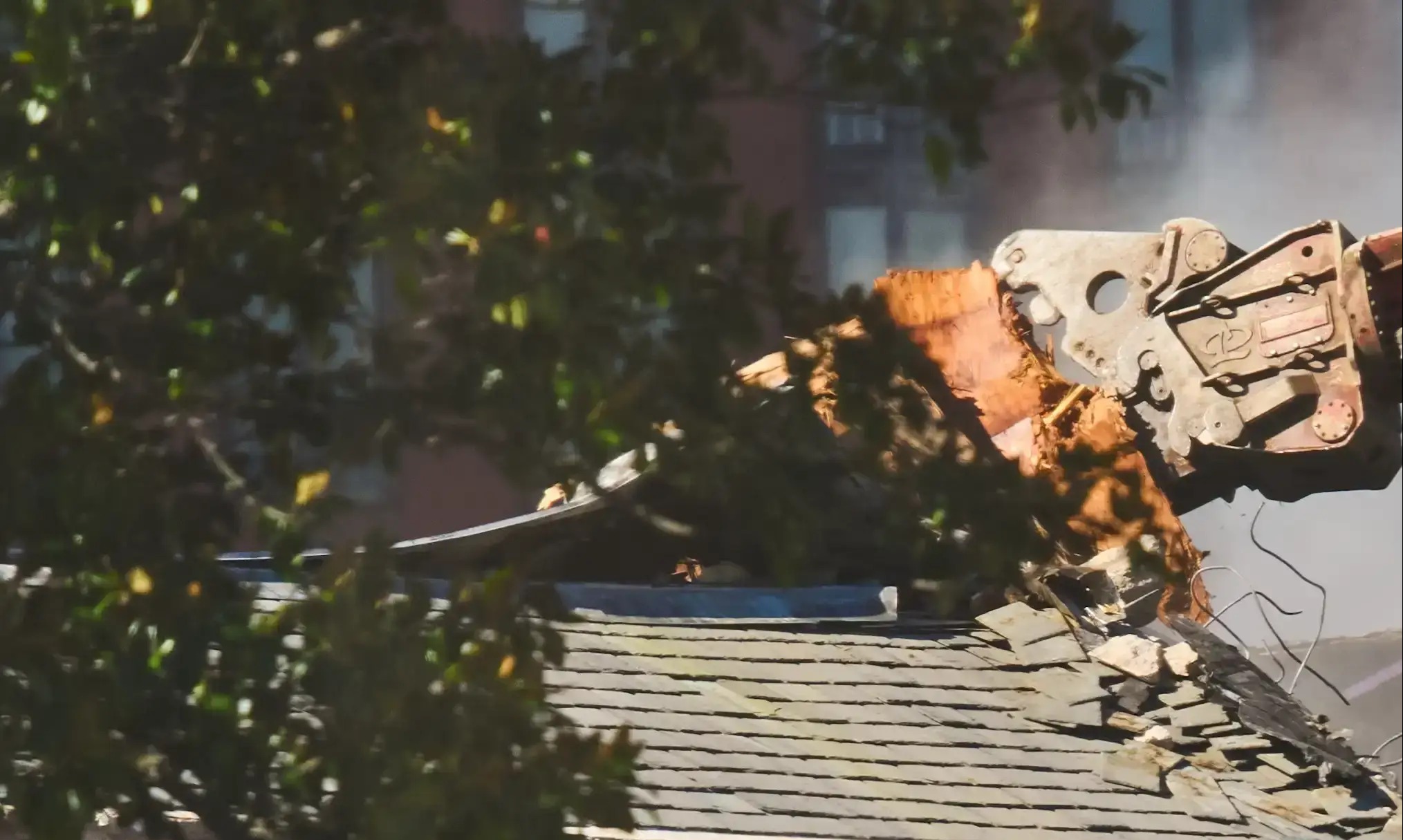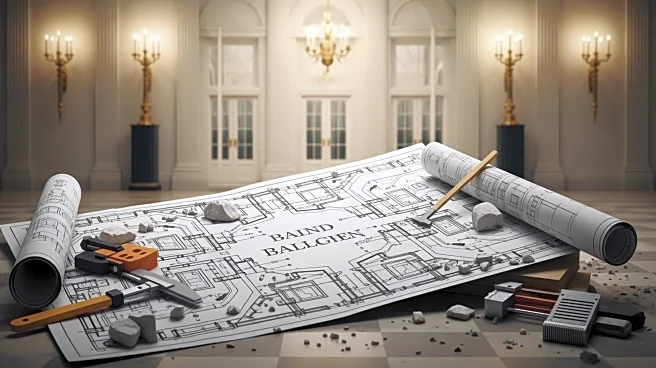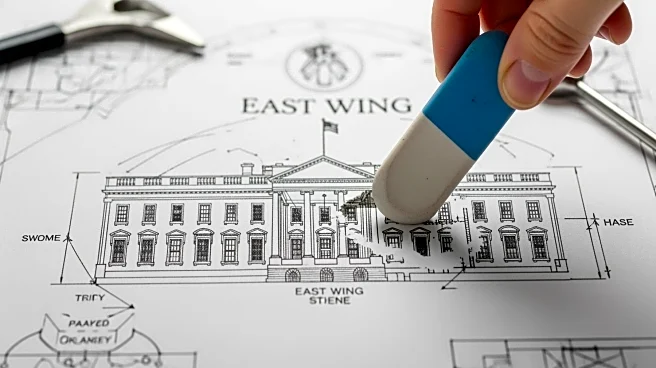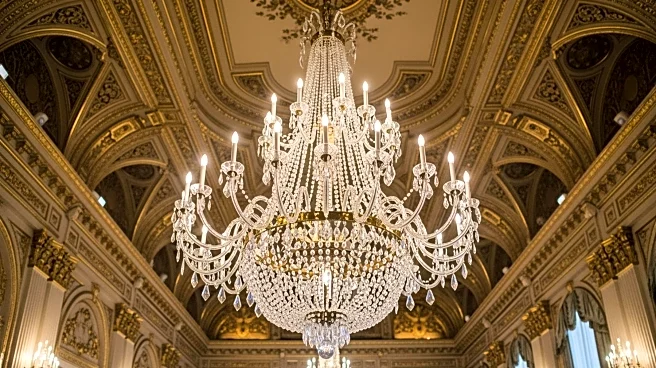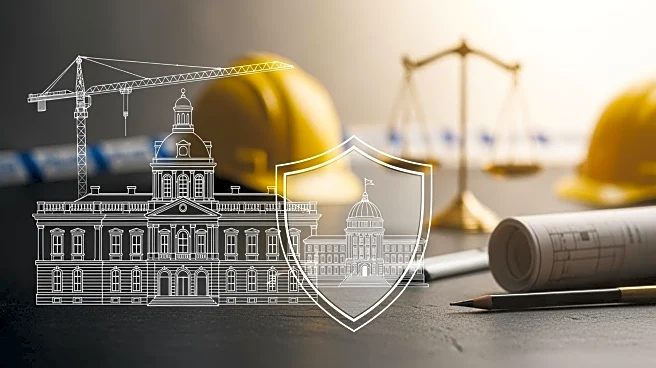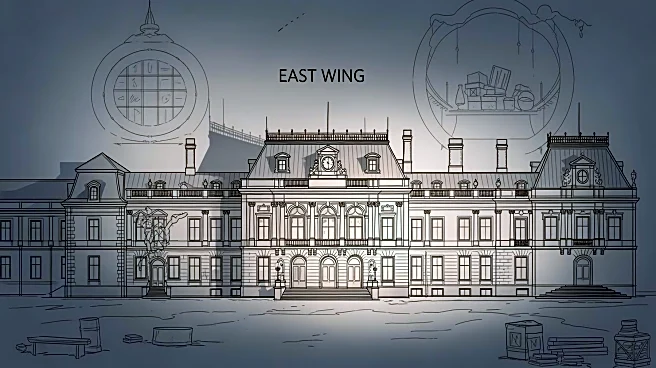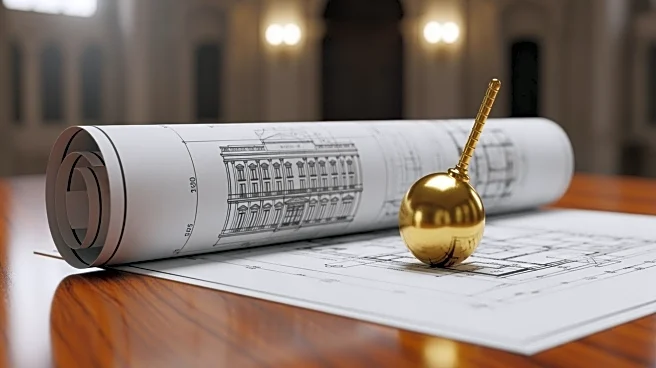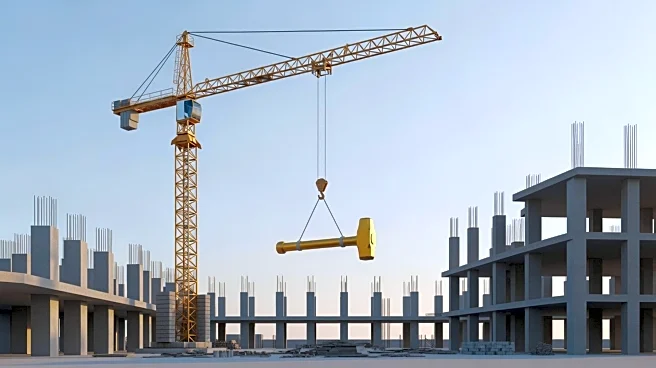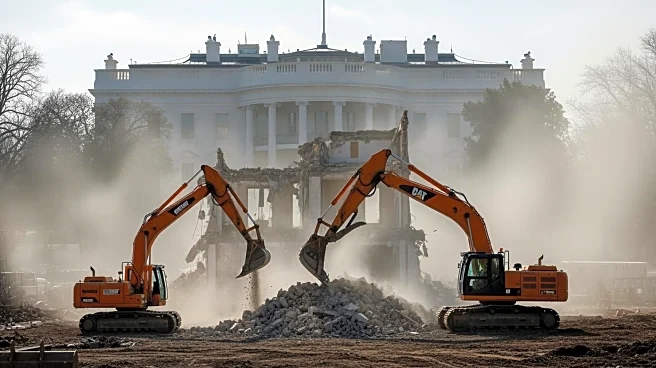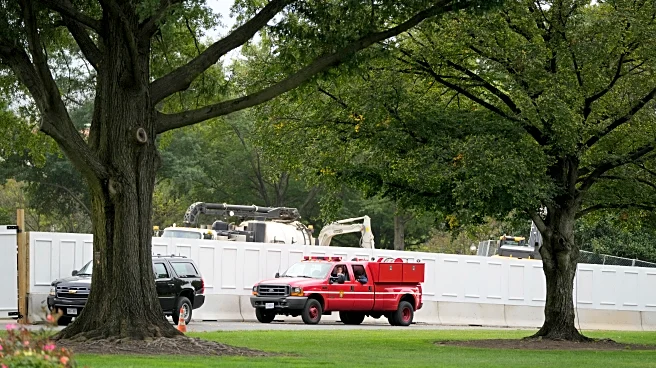What's Happening?
President Trump has initiated the demolition of parts of the White House East Wing to make way for a new ballroom. The project, estimated to cost $250 million, is funded by private donors and is expected
to be completed before the end of Trump's term. The demolition affects several offices, including the first lady's office, the White House visitors' office, and the Office of Legislative Affairs. The construction plans will be submitted to the National Capital Planning Commission soon. The project has surprised many, as Trump previously suggested it would not interfere with the existing building.
Why It's Important?
The demolition and construction project at the White House is significant as it represents a major alteration to a historic site. The initiative has raised concerns among historic preservation groups about the impact on the White House's architectural integrity. The project is privately funded, which raises questions about transparency and potential influence from donors. The ballroom's construction could set a precedent for future modifications to the White House, affecting its historical preservation and public perception.
What's Next?
The next steps involve submitting construction plans to the National Capital Planning Commission for approval. The commission's role in the project is currently limited due to the government shutdown. The completion of the ballroom is anticipated before the end of Trump's term, and further developments may include reactions from preservationists and political figures regarding the project's impact on the White House.
Beyond the Headlines
The project highlights ethical concerns regarding private funding for public property modifications. The involvement of major corporations as donors, including Google, raises questions about potential conflicts of interest and influence on government decisions. The construction could also influence public opinion on the administration's priorities and approach to historical preservation.


